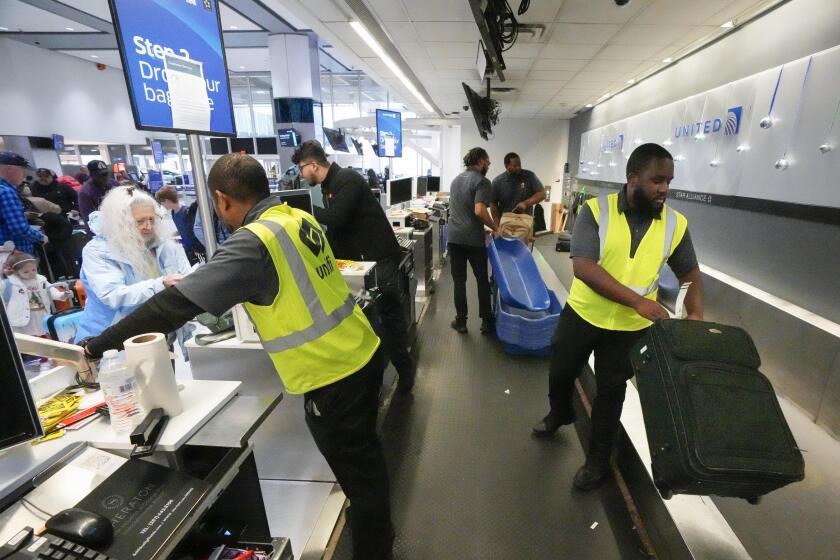Archaeologists use lasers to learn more about Mayan civilization
How the Mayas used their water and agricultural resources, preserved the rain forest and built fortresses and watchtowers are some of the new discoveries about that ancient civilization revealed by laser technology in Guatemala and soon to be televised.
Authorities of the Culture and Sports Ministry, the Guatemalan Tourism Institute, the Foundation for Maya Cultural and Natural Heritage (Pacunam) and National Geographic previewed this Monday a new documentary series wthat will show in detail every research discovery in the country’s northern jungles.
The research project, sponsored by Pacunam, dug deeply for a year into the mysteries that came to light in February 2018, when by means of LidAR (Light Detection And Ranging) more than 60,000 structures, ceremonial centers and the size of some cities were identified with images obtained through the cover of the jungle.
One of the main research scientists working on the project, Tomas Barrientos, director of the La Corona site, said after the presentation of the documentary series that one of the most noteworthy secrets revealed by LiDAR is the “degree of effort invested in agriculture” by the Mayas at each site, and how they created “complex systems for using their resources, the water and for preserving the rain forest.”
At the same time LiDAR, which allowed Mayan structures to be observed through the jungle canopy, also showed the investment made in different cities by different pre-Columbian dynasties.
Among the discoveries was the kingdom of the Kaanul dynasty, whose rulers were known as the Serpent Kings, and who, while established in La Corona and El Peru-Waka, moved on to conquer Tikal in the year 562 AD.
LiDAR led researchers to the La Corona site, where they found an altar sculpted with the image of a ruler who also reigned over the city of El Peru-Waka, known as Chak Took Ich aak, further evidence of the Kaanul dynasty’s policy of expansion.
Found as well were the remains of a queen, a sacrificed child, and important members of the Mayan nobility, as well as funerary chambers that could lead to more discoveries.
The archaeologists also discovered unknown steles, altars and scoreboards for ball games, whose hieroglyphics provide important information about the relations between cities that should help generate models of regional interaction throughout the Classic period (250-900 AD).
The four-episode series that shows the discoveries and explains how LiDAR technology works will be screened on the National Geographic Channel for four straight Sundays starting on March 17.
Also revealed in the research, analyzed by the team of archaeologists and by Guatemalan, US and European institutions studying a total of 2,100 sq. kilometers (810 sq. miles) of the Maya Biosphere Reserve, are the conflicts that were a determining factor in the evolution of the ancient Mayan culture.



